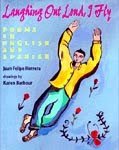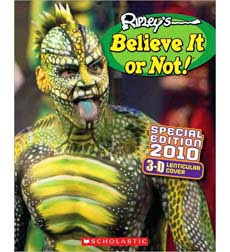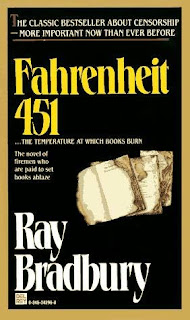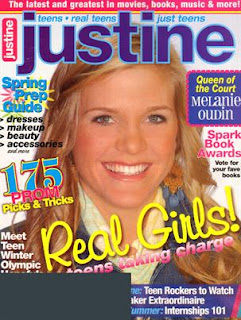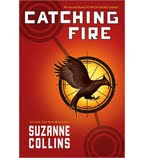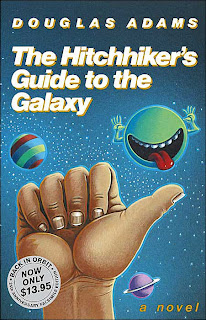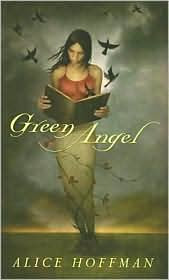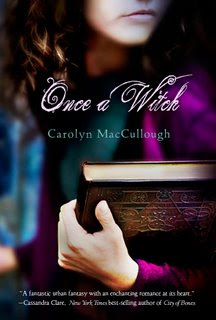
GENRE: COMEDY [DVD]
Title: NAPOLEON DYNAMITE
Director: Jared Hess
Screenwriters: Jared Hess and Jerusha Hess
Production: Fox Searchlight Pictures
Starring: Jon Heder, Jon Gries, Aaron Ruell
Screenwriters: Jared Hess and Jerusha Hess
Production: Fox Searchlight Pictures
Starring: Jon Heder, Jon Gries, Aaron Ruell
Bibliographic Information:
DVD
Released August, 2004
Twentieth Century Fox
Grade Range: 4 and up, Age Range: 9 and up
Rating: PG
ASIN: B00005JNBQ
Running Time: 95 minutes
Awards:
Teen Choice Award, MTV Movie Award, Film Discovery Jury Award.
Reader’s Annotation:
Hey, high school is hard enough without a bunch of flippin' idiots complicating my life. Dang!
Plot Summary:
Despite his high-energy name, Napoleon Dynamite is a nerdy, lethargic, not particularly skilled and not at all popular high schooler. He lives with his older brother Kip and his grandmother outside a small town somewhere in Idaho.
After Grandma is injured in a wild dune buggy incident, home life takes a definite turn for the worse when Napoleon's Uncle Rico comes to stay for a while. We soon learn that Uncle Rico is obsessed with his past glories on the football field while Kip is wrapped up in internet chat room romance.
Although we get the impression that Napoleon's academic level is adequate, his school life is nonetheless fraught with daily challenges like trying to impress potential girlfriends while avoiding run-ins with bullies; but one bright spot appears when a quiet, earnest girl named Deb begins to show a little interest. And things pick up even more when he befriends Pedro, the new kid in town.
While Uncle Rico and Kip hatch a few ill-advised schemes involving door-to-door sales and a time machine, Pedro enlists Napoleon's support in a surprise bid for class president. Thrown in for good measure is a llama, an encounter with a scary martial arts expert and the obligatory prom dance (this one involving a highly unusual 'ride' and wardrobe for Napoleon). In spite of several setbacks and disappointments (at one point his budding relationship with Deb is jeopardized by an embarrassing misunderstanding), Napoleon's shining hour eventually comes when he agrees to provide the entertainment portion of Pedro's campaign speech before the student body. In his own unique way he saves the day and wins the girl to boot.
Critical Evaluation:
This film exists in its own special universe. For example, never is the surname Dynamite ever questioned or explained. In fact, never is anything questioned or explained! We are simply invited to observe a group of memorable characters in a series of very funny and often very touching interactions. Nobody's life was ever quite like the ones we see in this story, but that's its charm.
Reading level/Interest Age:
All ages will find plenty to enjoy in this film, though high schoolers will relate most closely with the main characters and story. There's a lot of keen sociological insight behind the wackiness, and very little objectionable content for even the youngest viewers.
Information about the Author:
Husband and wife Jared and Jerusha Hess wrote this story while in film school, drawing upon their personal family lives and experiences. It was preceded by Jared's short film Peluca, which also featured Jon Heder in a role similar to the one in Napoleon Dynamite. The Hess’s later went on to create another unusual comedy in 2006, Nacho Libre.
Curriculum Ties:
Film classes, maybe.
Booktalking Ideas:
I generally would not “booktalk” a DVD.
Challenge Issues:
None.
Why I Included This Book/DVD:
Any teen watching this movie is guaranteed to be entertained, and would be hard pressed not to feel inspired by Napoleon's persistence in confronting challenges. It's uplifting and good fun.
Cover image courtesy of http://www.imdb.com/title/tt0374900/
Plot Summary:
Despite his high-energy name, Napoleon Dynamite is a nerdy, lethargic, not particularly skilled and not at all popular high schooler. He lives with his older brother Kip and his grandmother outside a small town somewhere in Idaho.
After Grandma is injured in a wild dune buggy incident, home life takes a definite turn for the worse when Napoleon's Uncle Rico comes to stay for a while. We soon learn that Uncle Rico is obsessed with his past glories on the football field while Kip is wrapped up in internet chat room romance.
Although we get the impression that Napoleon's academic level is adequate, his school life is nonetheless fraught with daily challenges like trying to impress potential girlfriends while avoiding run-ins with bullies; but one bright spot appears when a quiet, earnest girl named Deb begins to show a little interest. And things pick up even more when he befriends Pedro, the new kid in town.
While Uncle Rico and Kip hatch a few ill-advised schemes involving door-to-door sales and a time machine, Pedro enlists Napoleon's support in a surprise bid for class president. Thrown in for good measure is a llama, an encounter with a scary martial arts expert and the obligatory prom dance (this one involving a highly unusual 'ride' and wardrobe for Napoleon). In spite of several setbacks and disappointments (at one point his budding relationship with Deb is jeopardized by an embarrassing misunderstanding), Napoleon's shining hour eventually comes when he agrees to provide the entertainment portion of Pedro's campaign speech before the student body. In his own unique way he saves the day and wins the girl to boot.
Critical Evaluation:
This film exists in its own special universe. For example, never is the surname Dynamite ever questioned or explained. In fact, never is anything questioned or explained! We are simply invited to observe a group of memorable characters in a series of very funny and often very touching interactions. Nobody's life was ever quite like the ones we see in this story, but that's its charm.
Reading level/Interest Age:
All ages will find plenty to enjoy in this film, though high schoolers will relate most closely with the main characters and story. There's a lot of keen sociological insight behind the wackiness, and very little objectionable content for even the youngest viewers.
Information about the Author:
Husband and wife Jared and Jerusha Hess wrote this story while in film school, drawing upon their personal family lives and experiences. It was preceded by Jared's short film Peluca, which also featured Jon Heder in a role similar to the one in Napoleon Dynamite. The Hess’s later went on to create another unusual comedy in 2006, Nacho Libre.
Curriculum Ties:
Film classes, maybe.
Booktalking Ideas:
I generally would not “booktalk” a DVD.
Challenge Issues:
None.
Why I Included This Book/DVD:
Any teen watching this movie is guaranteed to be entertained, and would be hard pressed not to feel inspired by Napoleon's persistence in confronting challenges. It's uplifting and good fun.
Cover image courtesy of http://www.imdb.com/title/tt0374900/

